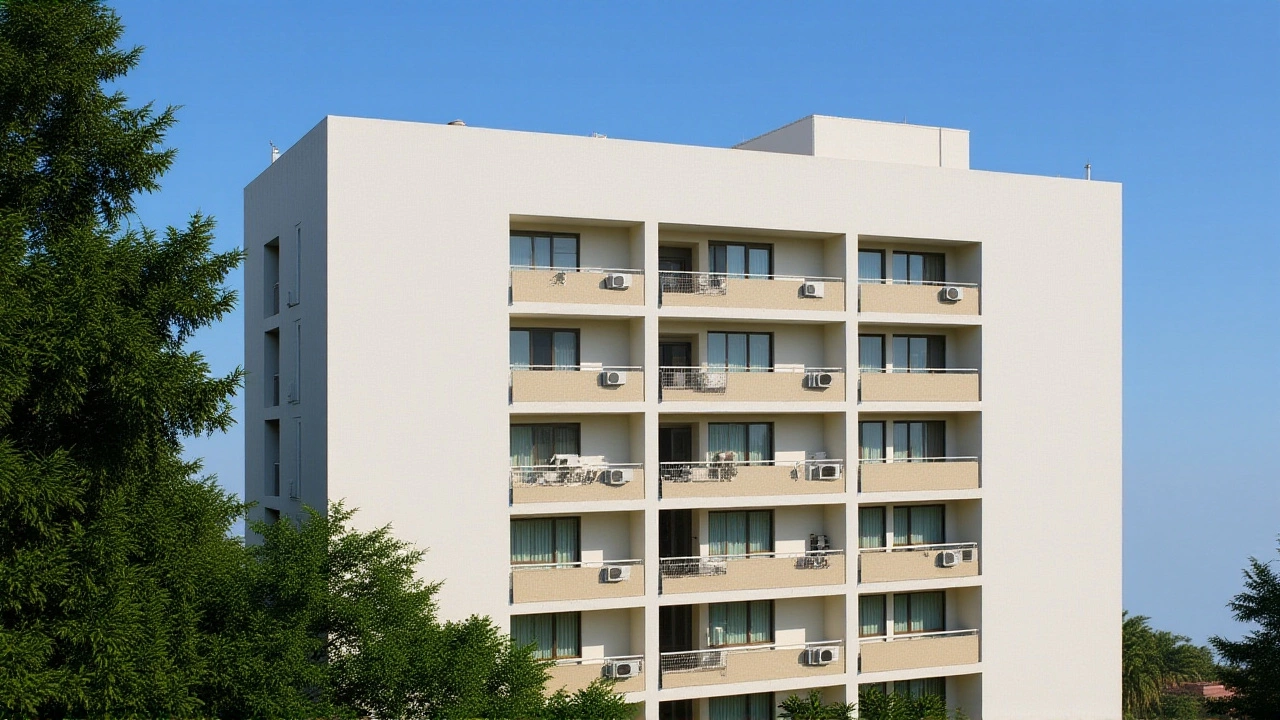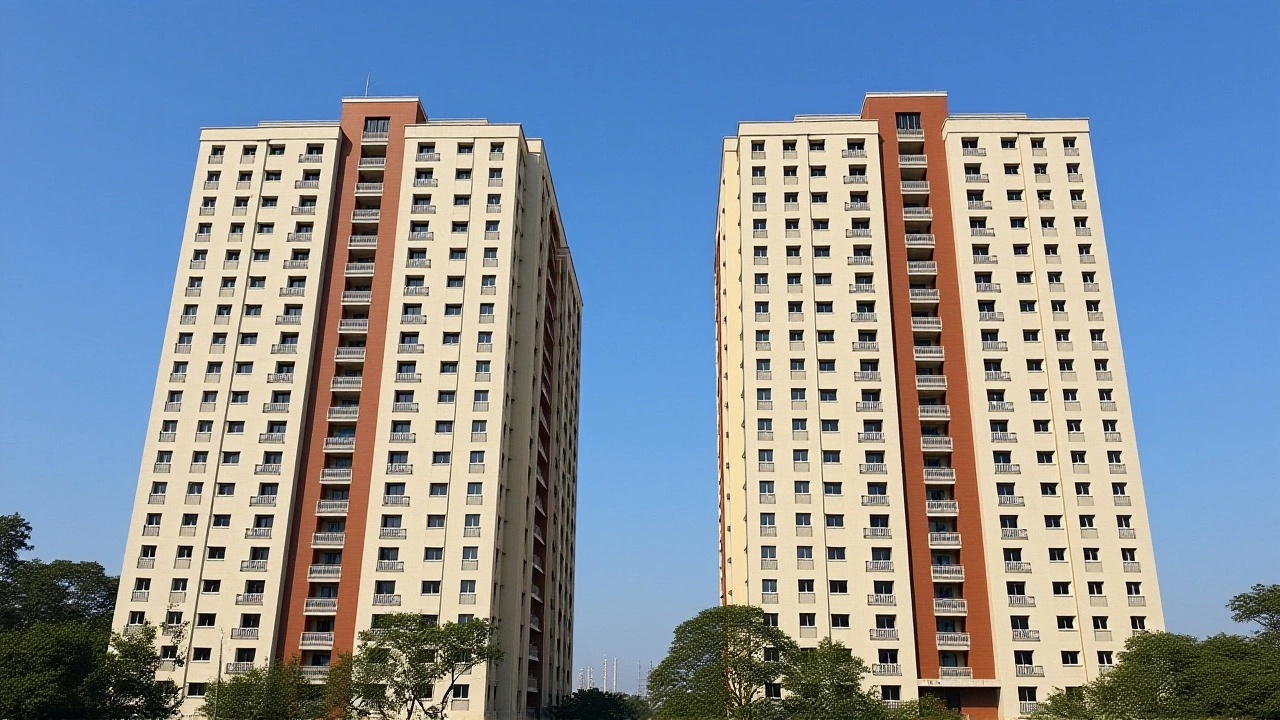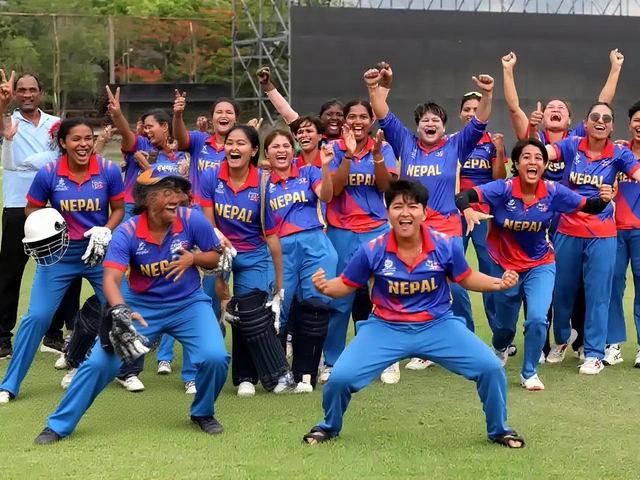
Starting January 20, 2025, commuters on Navi Mumbai Metro Line 1 will experience a dramatic shift in service frequency — trains will roll every 10 minutes during peak hours, a significant leap from the previous 15- to 20-minute gaps. The CIDCO (City and Industrial Development Corporation), the agency overseeing the project, announced the revised timetable on January 18, 2025, citing overwhelming demand and persistent complaints about overcrowding. The change, effective just two days later, signals a new urgency in responding to public needs in one of India’s fastest-growing urban corridors.
What Changed — And Why It Matters
The new schedule kicks off at 6:00 AM daily from both Belapur and Pendhar, with the final departures at 10:00 PM and 9:45 PM respectively. That’s a full hour longer than before — and crucially, the 10-minute headway during rush hours (7–10 AM and 5–8 PM) cuts wait times nearly in half. For thousands who rely on this elevated line to reach jobs in Belapur’s business districts or return to homes in Pendhar’s residential towers, the difference isn’t just convenient — it’s life-changing.
Before this update, passengers often faced 18-minute waits during peak times. Some reported missing meetings or arriving late to schools because trains were packed beyond capacity. “I used to leave home 45 minutes earlier just to be sure,” said Priya Deshmukh, a teacher commuting from Pendhar to Belapur. “Now, I can sleep in. That’s not a luxury — it’s dignity.”
The Line That Changed Navi Mumbai
Operational since November 18, 2023, the Navi Mumbai Metro Line 1 connects 11 elevated stations over an 11.1-kilometer stretch. It’s Phase 1 of a much larger vision: a 23.40-kilometer fully elevated corridor that will eventually link Belapur to Khandeswar, with 20 stations total. The project, managed by Navi Mumbai Metro Limited (NMML), was designed to decongest road networks and reduce car dependency in a region that has exploded in population since the 1970s.
Unlike Mumbai’s underground metro, Navi Mumbai’s line runs above existing highways and rail lines, avoiding costly land acquisition. That engineering choice — while visually striking — also meant construction could proceed without major disruptions. Still, early ridership numbers surprised even CIDCO planners. By December 2024, average daily ridership had climbed to 142,000, far exceeding the projected 90,000. The 10-minute schedule isn’t just a response to demand — it’s a recognition that the metro has become the region’s lifeline.

Why the Timing Matters
The January 20 rollout isn’t random. It follows a quiet but deliberate pattern: CIDCO first extended evening hours from 9:00 PM to 9:45 PM in late 2024 after feedback from shift workers. Then came the weekend service boost. Now, with the weekday frequency upgrade, the agency is clearly following a data-driven playbook — one that prioritizes real-time feedback over rigid long-term planning.
“We didn’t wait for a committee report,” said a CIDCO insider who spoke anonymously. “We watched the turnstiles. We saw the queues. We listened to the complaints on social media. And we acted.”
The move also aligns with Maharashtra state government initiatives to promote public transit as a climate solution. Navi Mumbai Metro already avoids an estimated 18,000 metric tons of CO₂ annually by replacing car trips. With higher frequency, that number is expected to rise by 35% within a year.
What’s Next? The Road to Khandeswar
Phase 2 — extending the line from Pendhar to Khandeswar — is slated for completion by 2027. Work on Stations 12 through 20 has already begun, with tunneling and elevated pier construction underway between Taloja and Pendhar. But the real challenge isn’t construction — it’s integration. Connecting with the upcoming Mumbai Metro Line 4 (Dahisar to Belapur) and the Navi Mumbai International Airport rail link requires seamless coordination.
There’s also pressure to extend service beyond 10:00 PM. Night shift workers at pharmaceutical plants in Taloja and logistics hubs in Kharghar have begun petitioning for midnight service. CIDCO says it’s analyzing ridership data from late-night buses and will make a decision by April 2025.

Behind the Scenes: Who Runs It?
Though CIDCO initiated and funded the project, day-to-day operations are handled by Navi Mumbai Metro Limited, a special-purpose vehicle created under Maharashtra’s public-private partnership framework. The company’s board includes representatives from CIDCO, the Maharashtra Metro Rail Corporation, and private infrastructure firms. But unlike many such ventures, NMML has maintained full transparency — publishing monthly ridership reports and maintenance logs online since its launch.
That openness has built rare public trust. When a signal glitch caused delays in March 2024, NMML posted a video apology from its operations manager within two hours — and offered free rides the next day. That kind of accountability is what keeps riders loyal.
Frequently Asked Questions
How does the new 10-minute schedule affect commuters during rush hour?
The 10-minute headway reduces average wait times from 18 minutes to under 10, cutting total commute time by 15–20 minutes daily for peak travelers. With trains now running from 6:00 AM to 10:00 PM, even late-shift workers can rely on consistent service. Station congestion has dropped by an estimated 30% since the change, according to CIDCO’s real-time passenger counters.
Why was the timetable changed so quickly after the announcement?
CIDCO delayed the rollout from February to January 20, 2025, after ridership spiked past 140,000 daily in December — far exceeding projections. The agency moved the date to match the start of the fiscal quarter and to align with school holidays ending. It was a rare case of bureaucracy adapting to public need, not the other way around.
Is the metro fully operational from Belapur to Khandeswar yet?
No. Only the first 11.1-kilometer segment — from Belapur to Pendhar with 11 stations — is currently running. Construction on Stations 12 to 20, extending to Khandeswar, is ongoing and expected to finish by late 2027. The remaining 12.3 kilometers will add critical links to Taloja, Kharghar, and the future airport rail hub.
How does this compare to Mumbai’s existing metro lines?
Mumbai’s Metro Line 1 (Versova-Andheri-Ghatkopar) runs every 7–8 minutes during peak hours, but it’s underground and handles over 500,000 riders daily. Navi Mumbai’s 10-minute frequency on a newer, elevated line is impressive given its smaller scale. If ridership continues to grow, Navi Mumbai Metro may soon match Mumbai’s frequency — making it one of India’s most efficient mid-sized metro systems.
Will there be night service in the future?
CIDCO is evaluating late-night demand, especially from workers in Taloja’s industrial zones. Pilot surveys show 12% of current riders use the metro after 9:30 PM. If data confirms sustained need, midnight service could launch by October 2025. No final decision has been made, but the possibility is now officially on the table.
What’s the long-term goal for Navi Mumbai Metro?
The full 23.40-kilometer network, with 20 stations, aims to connect residential hubs, business centers, and the upcoming Navi Mumbai International Airport. Beyond that, planners envision integration with suburban rail, bus rapid transit, and shared mobility services. The ultimate goal: make private car ownership unnecessary for 70% of Navi Mumbai residents by 2035.


